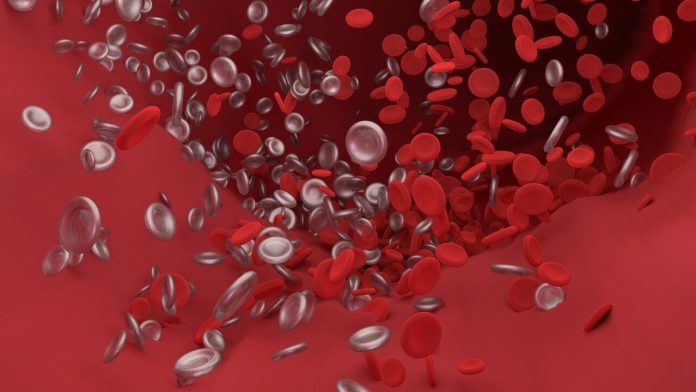When a person is brought into the emergency room, having suffered a heart attack or stroke, one of the first things the trauma team will do is to administer clot busting drugs. The idea is that in cases where a clot has caused the trauma, blood flow has to be reestablished as quickly as possible to minimize the damage. Minutes and even seconds count between the patient having a speedy recovery or else spending months in rehab and possibly having permanent impairment. Gizmag reported that some new research being conducted at Houston Methodist Research Institute has the potential to speed up the blood clot busting, helping stroke and heart attack patients to recover faster.
Blood clots, as WebMD explains, is a leading cause of heart attacks and strokes. A clot will form on a cholesterol plaque that has grown over time in an artery either in the heart or the brain. The plaque will rupture on occasion, triggering the clotting process. Blood flow to the heart is interrupted, causing a heart attack, or to the brain, causing a stroke.
When a patient is brought in having suffered a stroke or heart attack, the doctor will more often than not administer a drug called tissue plasminogen activator (tPA). Unfortunately the drug can be a hit or miss proposition. It may not reach the clot at all or it might reach it in insufficient doses to totally break open the clot since the drug is broken down quickly in the blood stream. Often doctors will increase the dosage, but that entails a risk of a hemorrhage taking place.
The researchers at Houston Methodist have derived a new delivery system for tPA using nanoparticles. The nanoparticles are made of iron oxide, coated with the drug, and then coated with a natural protein called albumin that protects it from being broken down by the body’s natural defenses. The nanoparticles can reach the clot carrying the precise dose of tPA needed to break it up.
Both tissue and mouse studies have shown promise, with clots being broken up 100 to 1000 times faster using the nanoparticles than just the tPA drug alone. The possibility exists of being able to guide the nanoparticles directly to the clot and heating them to increase their effectiveness using magnetic fields. The implications for not only patient survival but also quality of life after a stroke or heart attack are profound.
Human trials lay in the future and will likely take a while before the delivery method shows up in an ER. The FDA may fast track approval because iron oxide nanoparticles are already used to aid MRIs and the rest are naturally occurring substances. Thus clot busting will move from unguided bombardment to a smart missile method of delivery.















